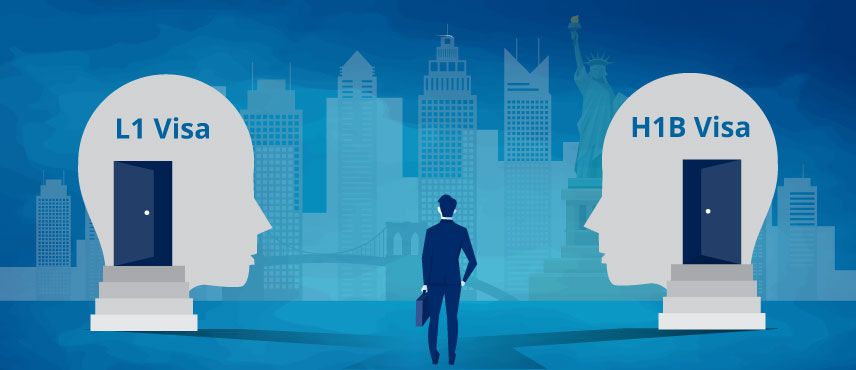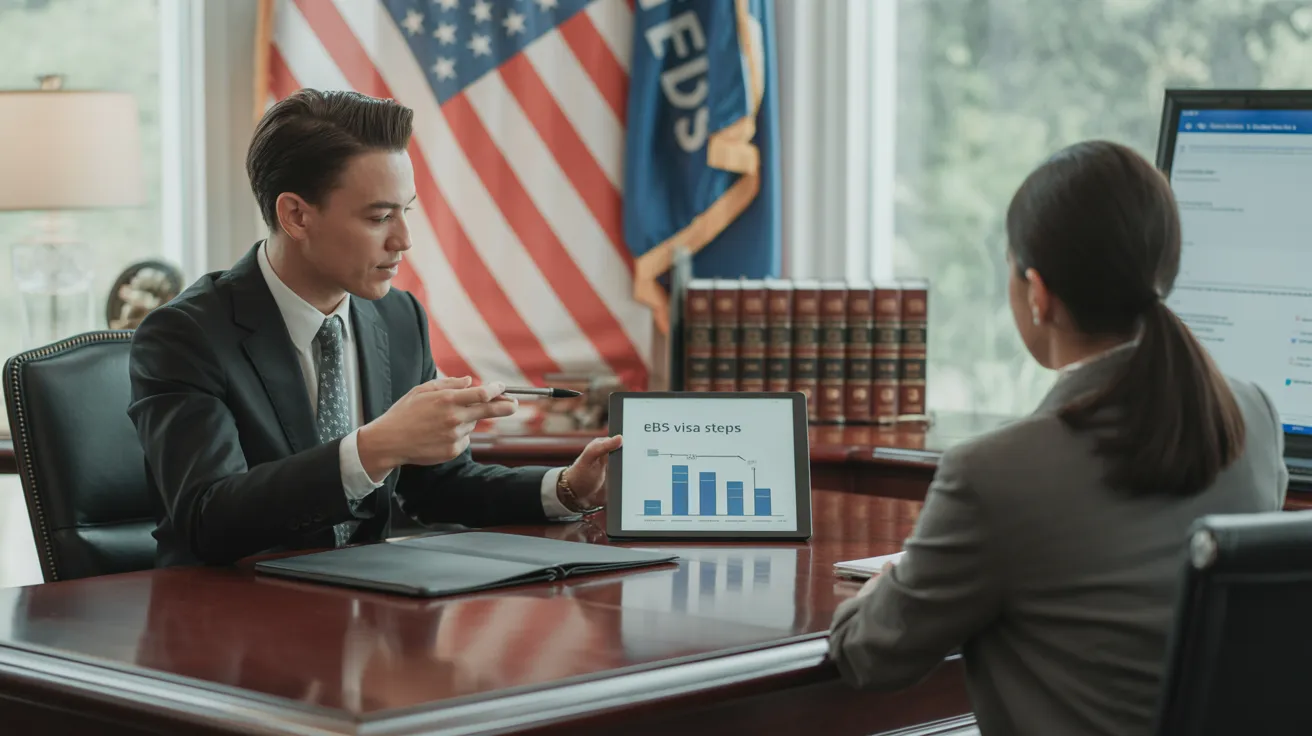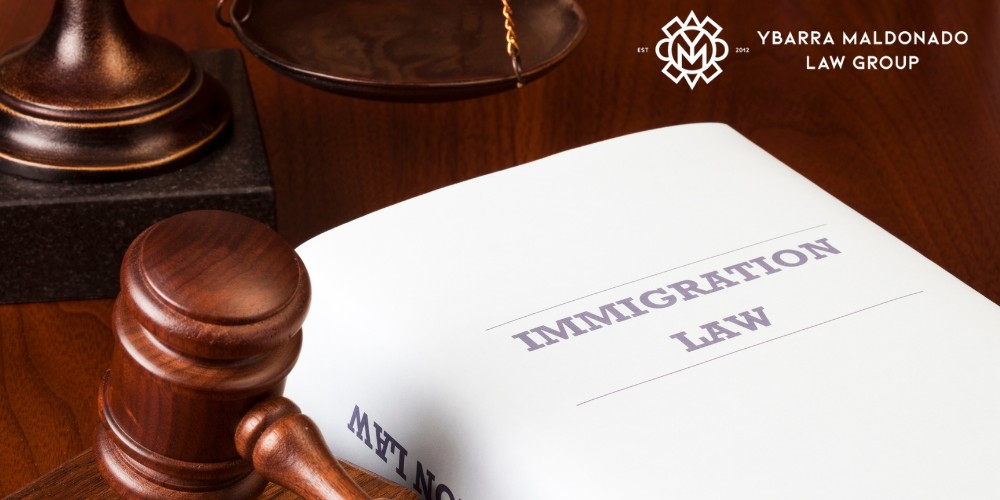The Greatest Guide To L1 Visa
Table of ContentsThe Ultimate Guide To L1 VisaNot known Details About L1 Visa L1 Visa Fundamentals ExplainedThe smart Trick of L1 Visa That Nobody is Talking AboutWhat Does L1 Visa Mean?What Does L1 Visa Mean?
Readily Available from ProQuest Dissertations & Theses International; Social Scientific Research Premium Collection. (2074816399). (PDF). Congress. (PDF). DHS Office of the Inspector General. (PDF). (PDF). "Nonimmigrant Visa Data". Gotten 2023-03-26. Department of Homeland Protection Workplace of the Assessor General, "Review of Vulnerabilities and Possible Abuses of the L-1 Visa Program," "A Mainframe-Size Visa Technicality".
U.S. Division of State. Obtained 22 August 2016. "Employees paid $1.21 an hour to set up Fremont technology business's computer systems". The Mercury News. 2014-10-22. Obtained 2023-02-08. Costa, Daniel (November 11, 2014). "Little-known short-lived visas for foreign technology employees dispirit wages". The Hillside. Tamen, Joan Fleischer (August 10, 2013). "Visa Owners Replace Employees".
Getting The L1 copyright Work
In order to be qualified for the L-1 visa, the foreign business abroad where the Recipient was used and the U.S. firm should have a certifying partnership at the time of the transfer. The different sorts of qualifying partnerships are: 1. Parent-Subsidiary: The Parent suggests a company, firm, or various other legal entity which has subsidiaries that it owns and controls."Subsidiary" suggests a firm, corporation, or other lawful entity of which a moms and dad has, directly or indirectly, even more than 50% of the entity, OR owns much less than 50% however has monitoring control of the entity.
Example 1: Firm A is integrated in France and employs the Beneficiary. Business B is included in the united state and wants to request the Recipient. Business A has 100% of the shares of Company B.Company A is the Moms And Dad and Company B is a subsidiary. For that reason there is a qualifying connection in between the 2 business and Firm B should be able to fund the Recipient.
Company An owns 40% of Firm B. The continuing to be 60% is possessed and regulated by Business C, which has no connection to Firm A.Since Company A and B do not have a parent-subsidiary partnership, Firm A can not sponsor the Beneficiary for L-1.
Example 3: Company A is integrated in the U.S. and intends to seek the Recipient. Business B is included in Indonesia and uses the Recipient. Firm A has 40% of Firm B. The staying 60% is owned by Business C, which has no relationship to Company A. Nevertheless, Firm A, by formal contract, controls and complete manages Business B.Since Company A possesses less than 50% of Company B however manages and regulates the firm, there is a certifying parent-subsidiary relationship and Firm A can sponsor the Recipient for L-1.
The Ultimate Guide To L1 Visa
Firm B is integrated in the U.S.
Some Known Questions About L1 Visa.

The L-1 visa is an employment-based visa category established by Congress in 1970, permitting international companies to move their managers, execs, or essential employees to their U.S. procedures. It is typically referred to as the intracompany transferee visa.

Furthermore, the recipient should have functioned in a supervisory, executive, or specialized employee position for one year within the three years coming before the L-1A application in the foreign business. For brand-new office applications, international employment needs to have remained in a managerial or executive capability if the beneficiary is coming to the United States to work as a manager or executive.
L1 Visa - The Facts

If given for a united state business functional for greater than one year, the first L-1B visa is for as much as 3 years and can be prolonged for an extra 2 years (L1 Visa). Alternatively, if the U.S. company is recently established or has been functional for less than one year, the preliminary L-1B visa is provided for one year, with expansions available in two-year increments
The L-1 visa is an employment-based visa classification established by Congress in 1970, permitting international business L1 Visa requirements to move their supervisors, executives, or key personnel to their U.S. operations. It is frequently described as the intracompany transferee visa. There are 2 major sorts of L-1 visas: L-1A and L-1B. These kinds appropriate for staff members employed in various placements within a firm.
5 Easy Facts About L1 Visa Described
Furthermore, the beneficiary should have operated in a supervisory, exec, or specialized employee setting for one year within the 3 years coming before the L-1A application in the international company. For new office applications, foreign employment should have been in a managerial or executive capability if the beneficiary is coming to the United States to function as a supervisor or executive.
for as much as 7 years to manage the operations of the united state associate as an exec or supervisor. If released for a united state business that has been operational for greater than one year, the L-1A visa is initially provided for as much as 3 years and can be expanded in two-year increments.
If approved for an U.S. company operational for greater than one year, the first L-1B visa is for up to three years and can be prolonged for an added 2 years. On the other hand, if the united state business is recently established or L1 Visa guide has actually been functional for less than one year, the first L-1B visa is released for one year, with expansions offered in two-year increments.